From Stage to Film: Heather Raffo’s 'Nine Parts'
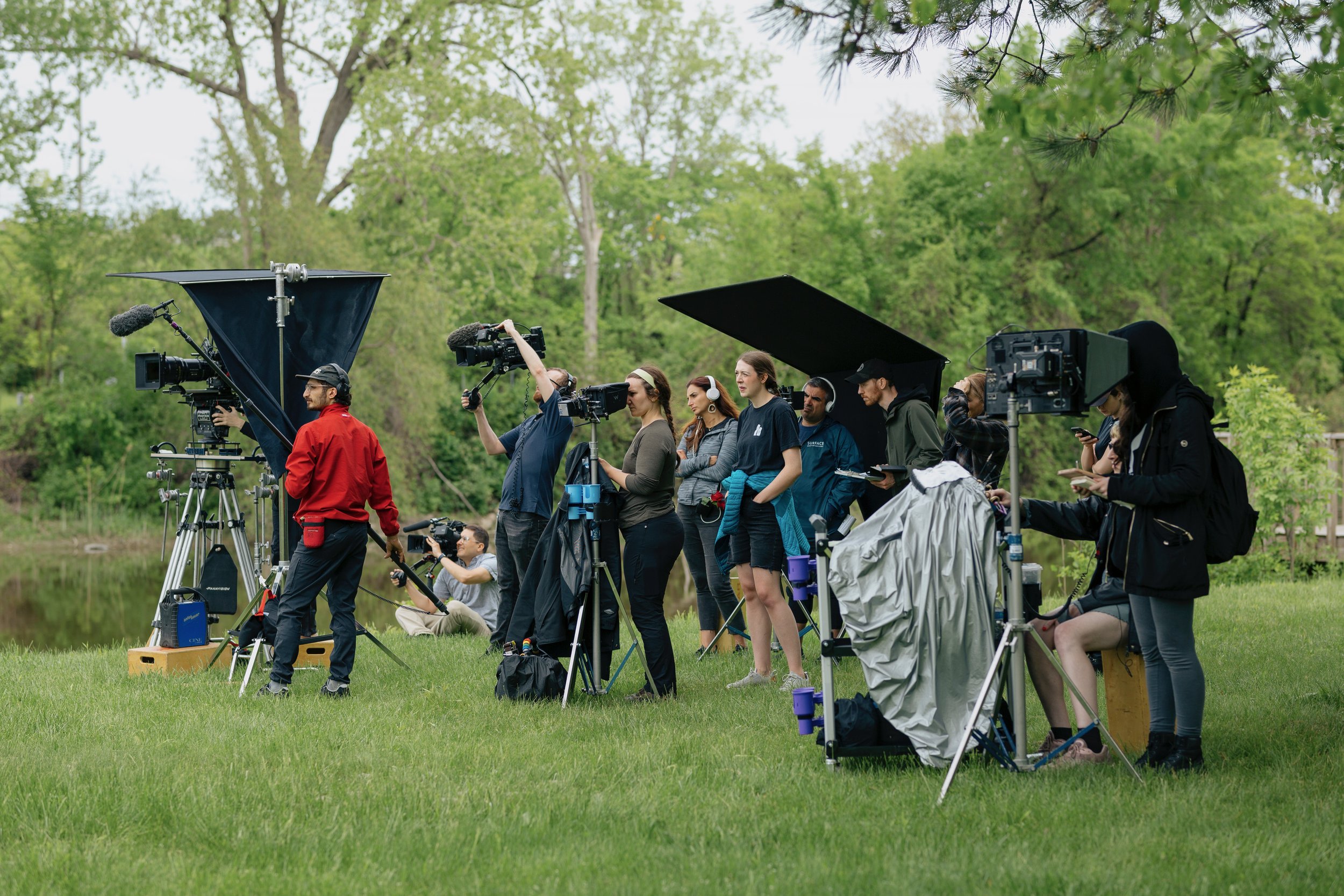

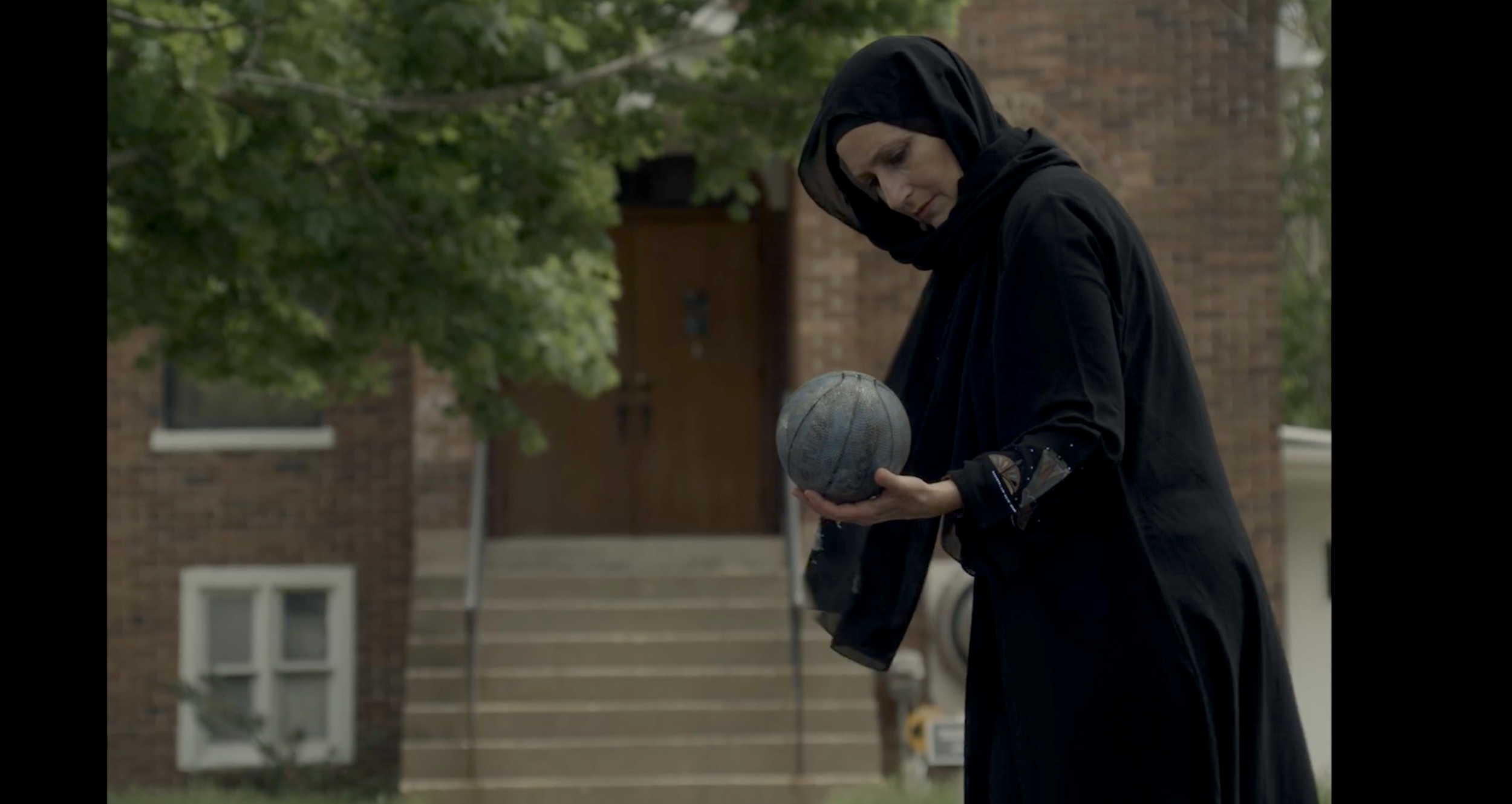
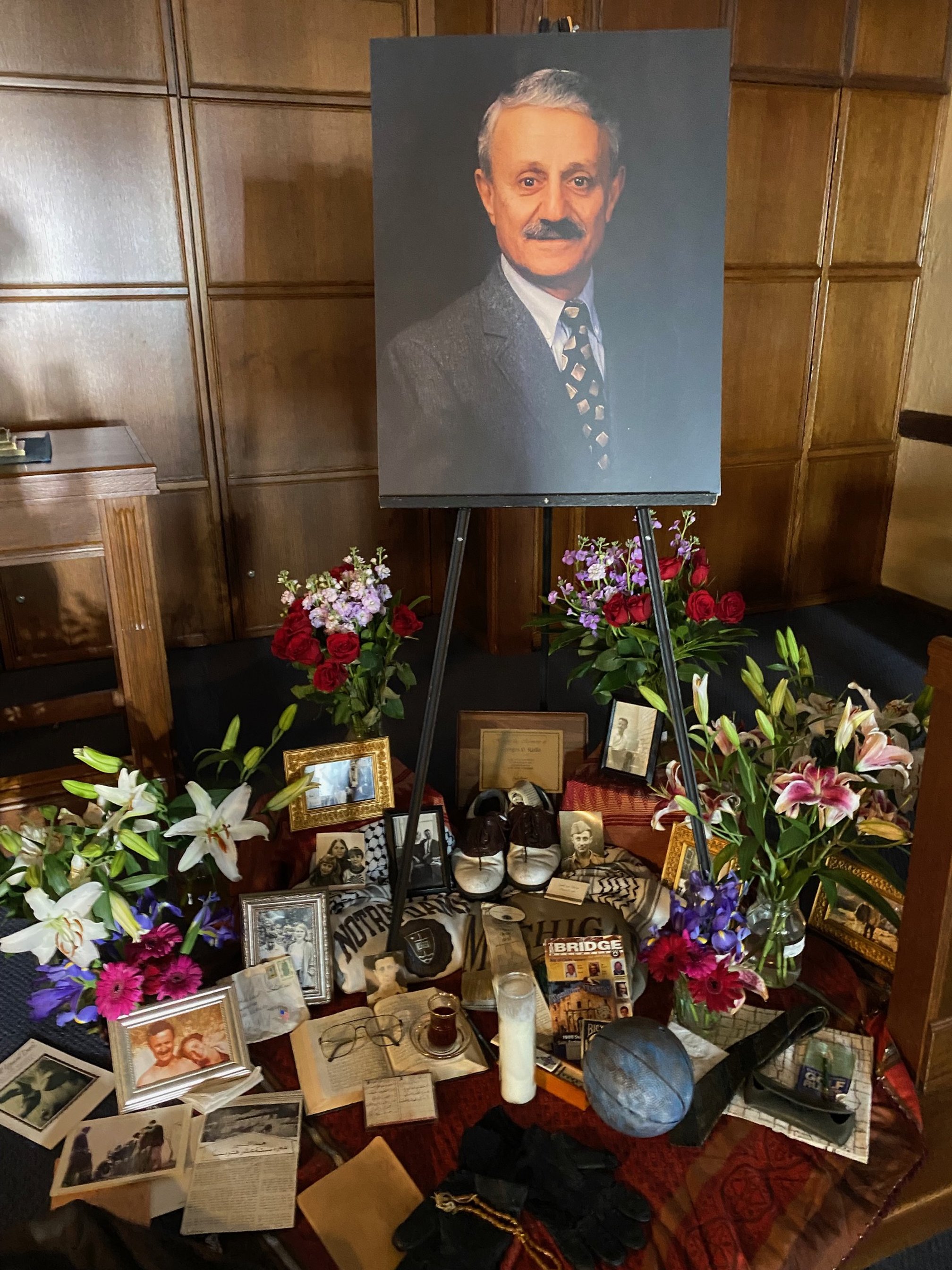

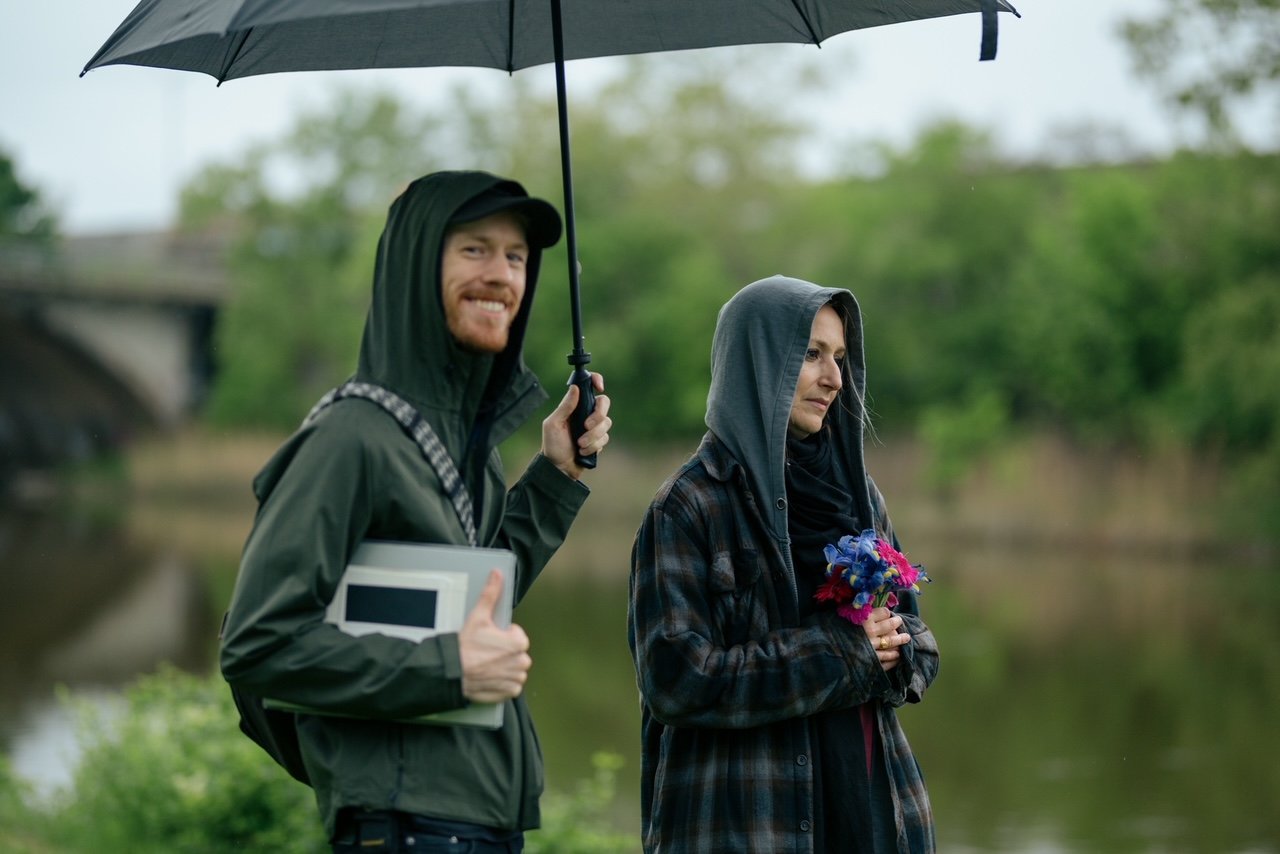
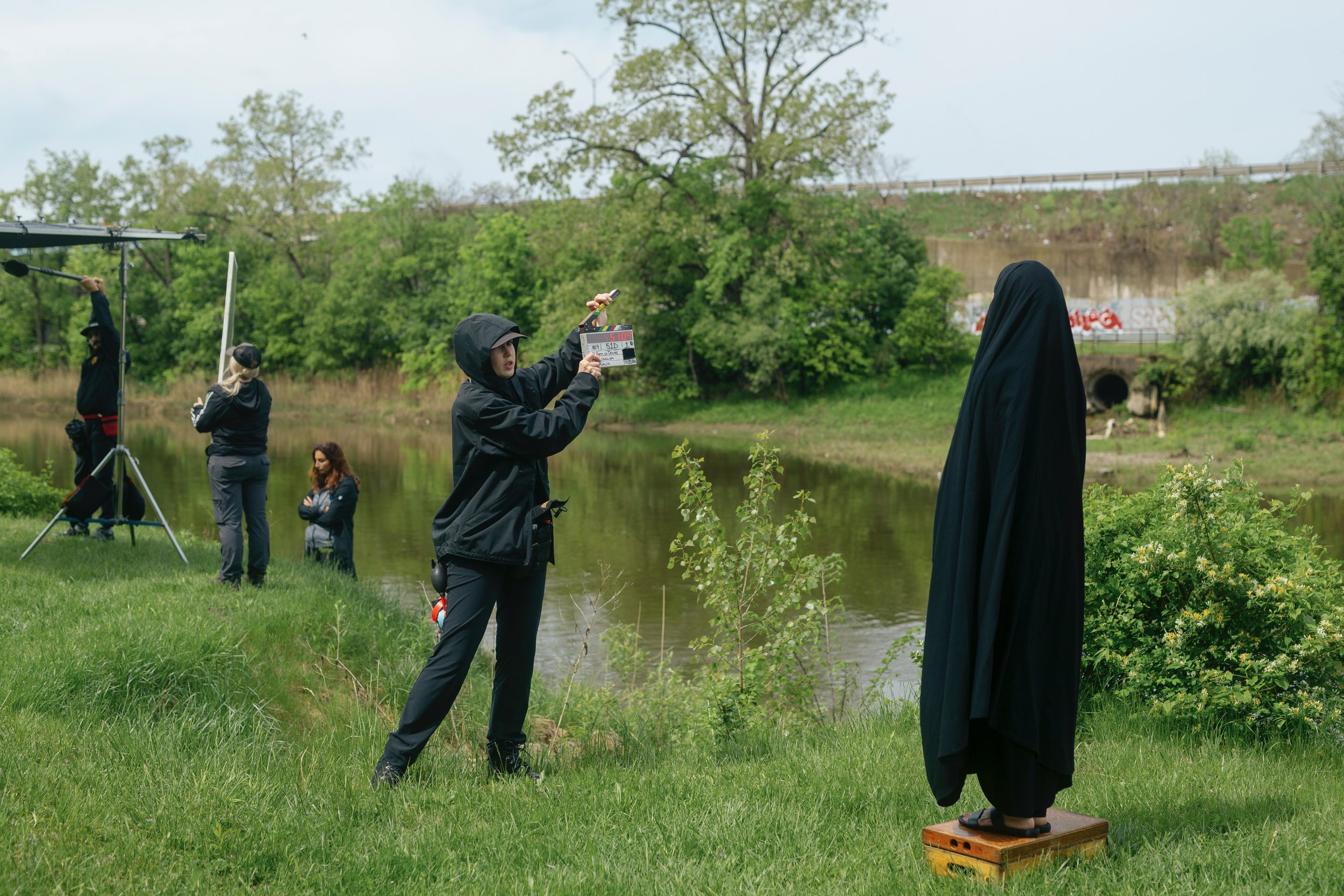
By Weam Namou
Sunday, March 19 marked the 20th year anniversary of the 2003 US-Invasion of Iraq. That day Detroit Public Theatre held a watch party for the film adaptation of Heather Raffo’s 9 Parts of Desire, an award-winning one-woman show which premiered almost 20 years ago in London and Off-Broadway, later becoming a global theatrical phenomenon. The date also marked three years since Raffo’s father, Georges, passed away.
“He died during COVID so we couldn’t have a funeral for him,” said Raffo. “The whole film is a memorial for him.”
The adaptation, called Nine Parts, was inspired by the first Aramaic-speaking church in north America, Mar Shimun Bar Sabbai (The Holy Apostolic Catholic Assyrian Church of the East), located in Flint. Unable to film there, they shot the exterior along the Flint River and the interior inside the chapel of the historic Jefferson Avenue Presbyterian church.
“We shot inside their chapel because the church is massive, and we wanted a small, humble space,” said Raffo.
The one-week production was directed by Eyes Up Here Productions, People’s Light and Detroit Public Theater and aired on PBS on March 24 at 9 pm EST (Channel 56 in metro Detroit).
“The film is absolutely an adaptation of the play, but it has a significant difference,” said Raffo. “One of the characters is loosely based on me, and the rest are Iraqi born women.”
The main character is an Iraqi American woman in Michigan who’s unable to bury her father because of COVID, so she brings him various gifts to the church, where she spends her time isolated and in grief. One day when she goes to the basement, different women (all played by Raffo) are brought to life and speak their story to her.
“She’s hearing them, their stories of loss, survival and love, but she’s hearing them inside her mind,” said Raffo.
Then she finally speaks her own story, and her story is of her being here in the U.S., of feeling uprooted from Iraq and the fact that her father has died of Alzheimer’s. In telling her monologue, she finds that she can finally memorialize her dad.
The film is a retelling of the play and it’s a way of allowing the stories of these imaginary women, of their loss and love, of war and community, to speak to Americans in post 2020, where “we’re experiencing national loss and national division.”
Nine Parts is inspired by a real place but it’s a fictitious story and fictitious place. It encompasses all the characters from the original 9 Parts of Desire, but not all are included.
“We couldn’t do all nine, but did a total of seven,” she said. “There are, however, nine stages of grief.”
The characters were all in Iraq with the exception of one woman who is an immigrant to England, a communist in the 50s who was imprisoned, tortured, and had to flee.
A discussion followed the film, with a panel that included Heather Raffo, Sarah Winkler (moderator), Producing Artistic Director at Detroit Public Theater, and Weam Namou, Executive Director at the Chaldean Cultural Center. Born in Baghdad, Namou expressed the painful memories of watching Iraqis suffer war after war, the US imposed sanctions, the genocide committed by ISIS, and the guilt she felt long afterwards for having escaped such horrors while others were not so lucky. Coincidentally, Namou was also on a panel 15 years ago, at the 5th year anniversary of the Iraq War, to discuss the same topics – war’s impact on Iraqi women – after Raffo’s play 9 Parts of Desire at the Performance Network Theatre in Ann Arbor, now closed. That was in 2008, and the play had then starred Iraqi-born actress Sarab Kamoo, who attended the film’s watch party along with others who had worked with Raffo in the past, PBS correspondents, and family members of those who starred in Raffo’s recent play Noura.
The heart-wrenching film brought some people to tears. They were reminded of the misery of the Iraq war, of the destroyed history and displacement of Chaldeans, Assyrians and other minorities, and of the meaning of identity. They noted elements that relate to non-Iraqis such as the African American migration and the genocides that Native Americans and Jews had experienced.
While in Michigan, for the last week of March, Raffo was an artist in residence at the Arab American National Museum for her new play about migration.
“The play was inspired by my Iraqi family members who had to flee and live across the world,” she said. “The scenes are taken from every continent.”
